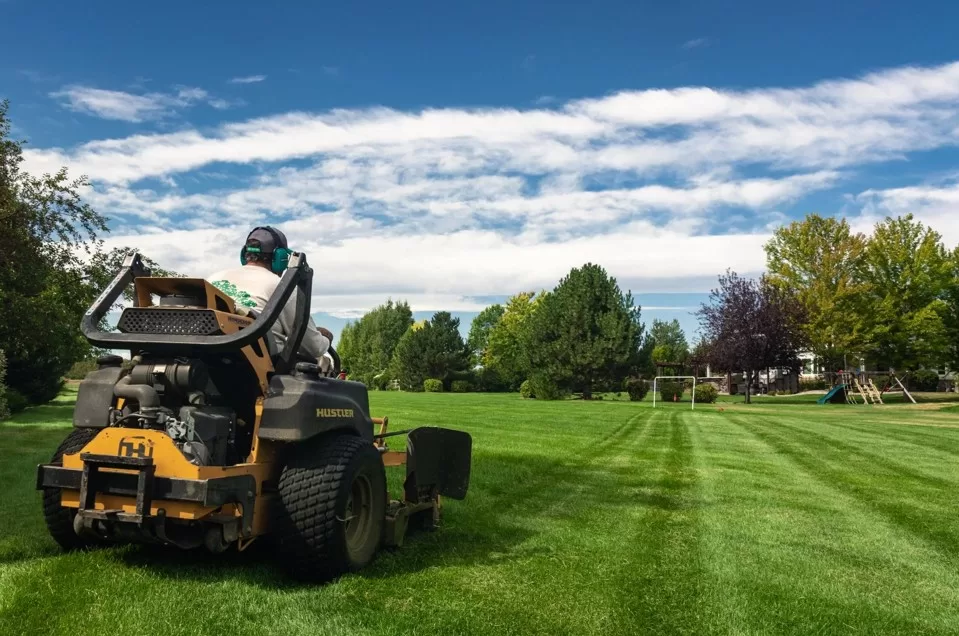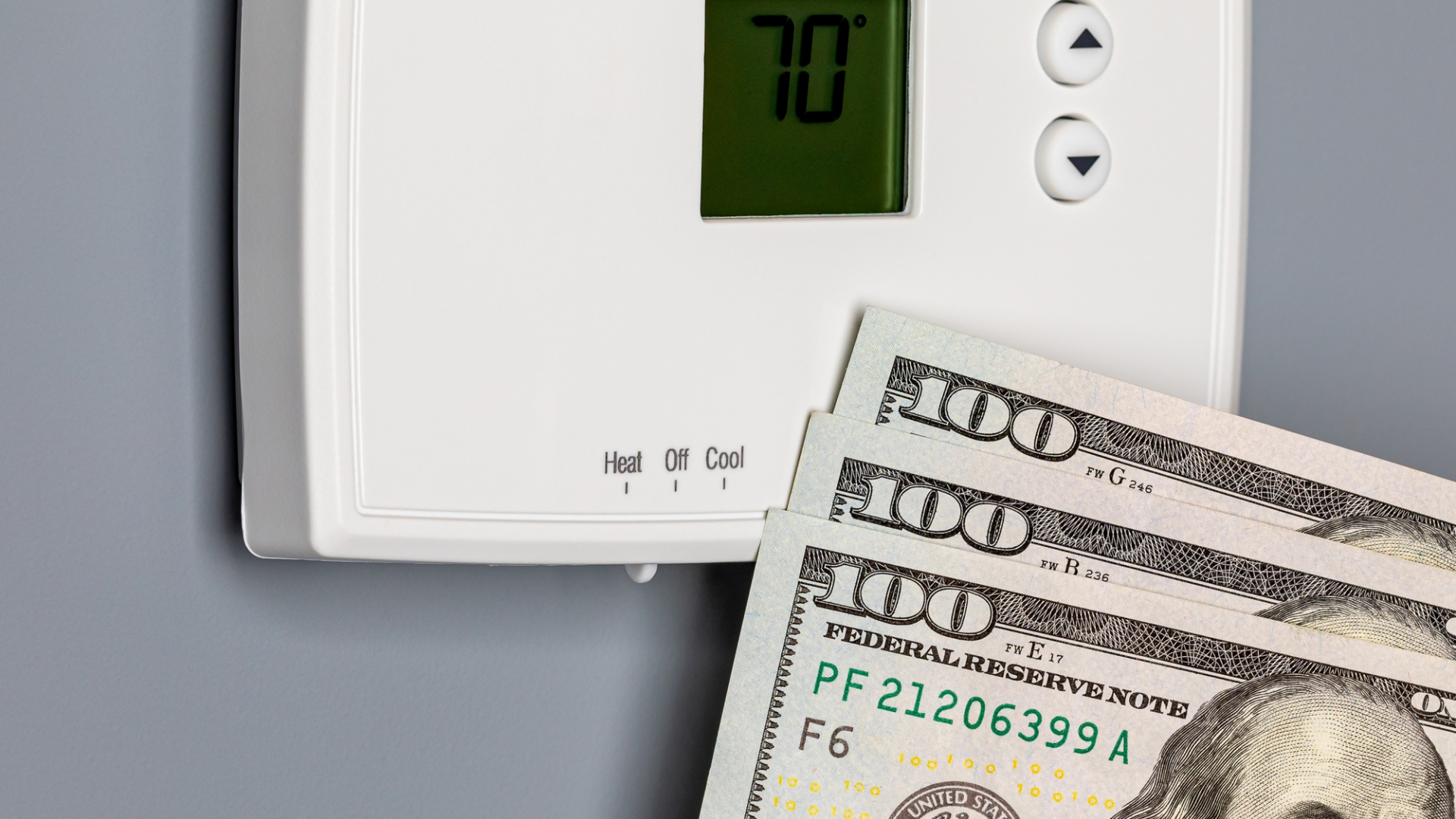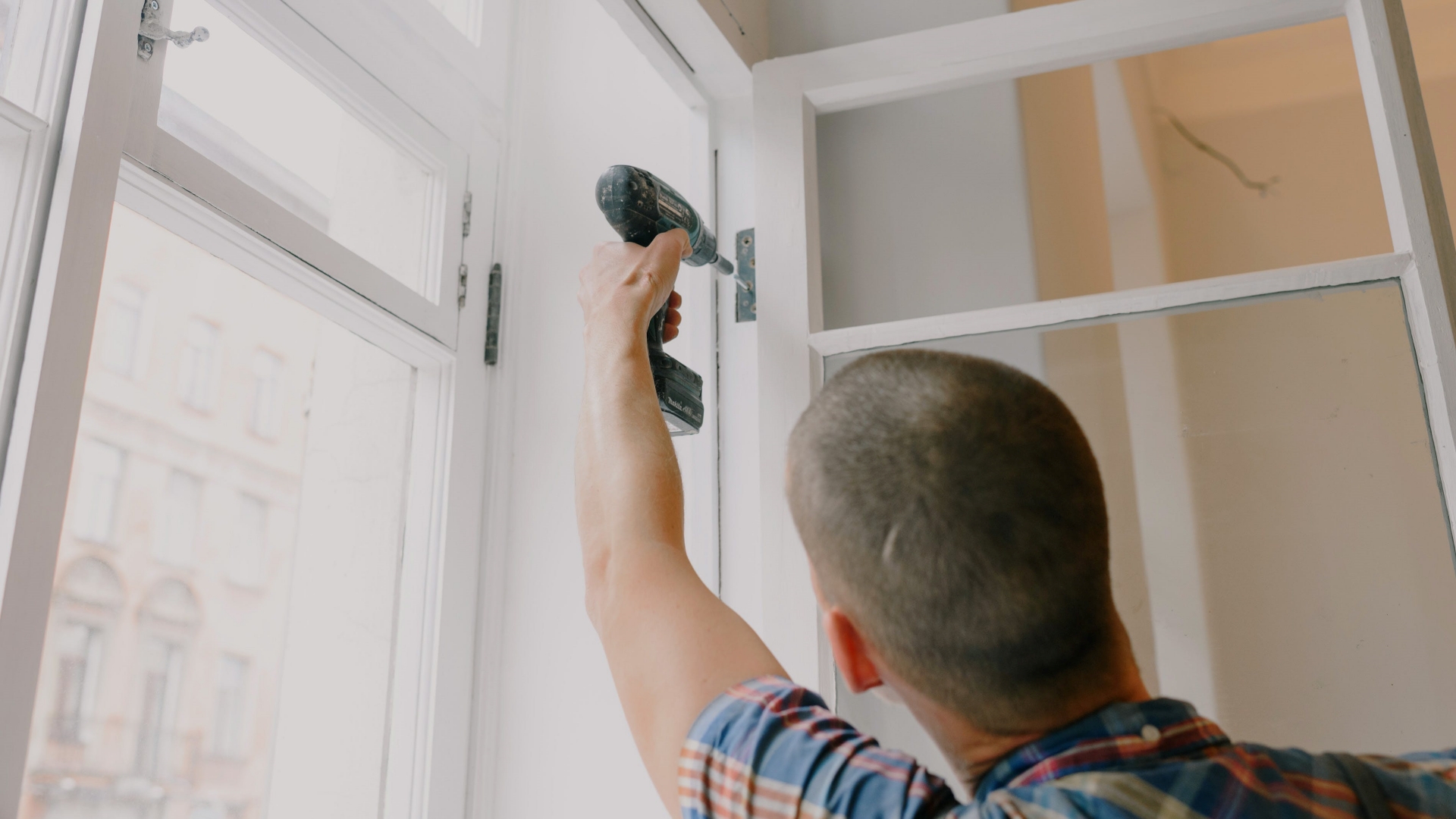The roof in your home plays a critical role in protecting inhabitants and valuable items from harmful weather elements. Keeping tabs on maintenance routines is vital to ensure optimum safety and comfort.
Roof damage can be dangerous and expensive, but observing roof maintenance best practices can help you identify sections that need repairs. The following tips can help preserve your home’s visual appeal and avoid expensive repairs.
Regular Inspections and Evaluations
Regular roof evaluations can eliminate expensive repairs and replacements. If you can spot issues early, you can implement repairs before the problem worsens. Ideally, checking the roof for defects after heavy storms or downpours is essential.
It’s essential to record repairs done on the roof since past issues can help predict future problems. Typically, it’s prudent to determine how specific repairs affect your roof so you can take preventative maintenance steps to defer the hefty cost of roof replacement.
Understanding the status and age of your roof helps you implement effective remedies when damage occurs. For instance, a leak in relatively newer roofs may stem from a minor issue, while leaks on old roofs may be due to significant structural problems. While you should inspect both new and old roofs, older ones are more vulnerable to cracks, mold, and rust. Once you notice one or two issues in an old roof, it’s prudent to consider an overhaul.
Clear Debris and Trim Overhanging Branches
Trimming overhanging branches allows sunlight to reach the roof and prevents the accumulation of unfavorable materials. Tree branches can damage the shingles during bad weather or help destructive pests and rodents access your roof. However, clearing nearby tree branches helps avoid pests and debris problems.
Since your roof withstands snow accumulation, hail, and turbulent winds, it shouldn’t be overloaded with debris. Debris often accumulates in the valleys and gutters of your roof. Clogging leads to drainage issues and encourages rusting.
The build-up of foreign materials usually compromises the structural integrity of your gutters, which can expose vulnerable parts of the roof structure. Similarly, debris accumulation on the roof valleys obstructs water flow and creates unnecessary load on the roof. This leads to water pooling and subsequent buckling.
Remove Moss and Algae
The roof offers perfect growth conditions for moss and algae since they thrive on wet and humid surfaces. While the growth may seem harmless, moss and algae can compromise your roof’s integrity.
Typically, moss can penetrate beneath the roof surface, and the growth dislocates the shingles. The gaps allow water to seep through, leading to leakage and deck rot. Flared shingles are also more susceptible to wind damage. If you have asphalt roofing, moss accelerates normal wear and tear, thus shortening the lifespan of your roof.
You can use different roof cleaning materials that chemically break down moss and algae. Nevertheless, scrapping the roof or using a pressure washer should be avoided to avoid unintended wear on the roofing material.
Endnote
A well-maintained roof protects your valuables and boosts the curb appeal, which is essential in home valuation. Regular roof inspections are vital since they help identify subtle issues before they get worse. Ideally, taking care of small problems promptly can help prevent expensive repairs.











